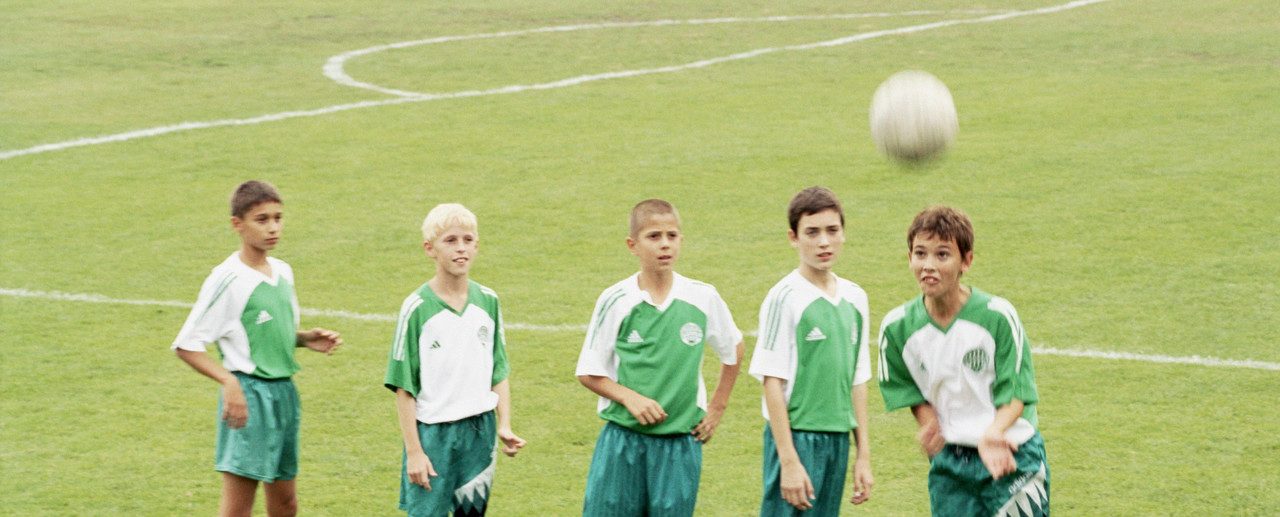February 23, 2018
Putting Sleep First in a Child’s To-Do List

Many youth today do not get the amount of sleep that they need, and such “insufficient sleep” becomes more prevalent with increasing age from childhood through adolescence. Accumulating a persistent sleep debt during these years can be a risk factor for a host of adverse consequences. Biologically, it sets up metabolic processes that can promote weight gain and underlie the propensity for diabetes. Cognitive functioning is impaired, which would come as no surprise to an educator who is trying to teach a sleep-deprived child. During the teen years sleep deprivation can impact risk for mood regulation and depression, delinquency, and automobile accidents.
YOU MIGHT ALSO LIKE: Are Americans Getting Enough Sleep?
Even though we well know that kids don’t sleep enough, it is difficult to catalyze change that will meaningfully reduce the trend. There is a range of solutions that have been offered, including steps like starting school later and trying to reduce late-night use of electronic media. But what’s lacking is a guiding principle that prioritizes, above all else, making sure that kids get enough sleep, ideally nightly sleep that approaches (even if it doesn’t fully achieve) the age-graded recommendations but certainly enough so kids feel well-rested when they start the day and remain alert throughout it.
Researchers at Challenge Success, a research-based organization at the Stanford Graduate School of Education, suggest that parents and educators alike consider utilizing a time wheel to represent how a typical child spends their waking time. There is, of course, the school day, including transportation time to and from school. There is homework. There are extracurricular activities. Then there is “PDF” – play time, down time, family time. The exercise is to calculate and record a child’s daily schedule and add up the number of hours that are spent in total on these activities. Chances are that for most kids today the total number of hours left for sleep will fall far short of the expert recommendations. And therein lies the problem — the amount of time available for sleep is the “remainder” in the daily equation that allocates a child’s time within a 24-hour span. It’s what’s left over after everything else happens.
How do we reverse this? An unwavering commitment to putting sleep first is a start. It’s clear that kids can vary in the amount of sleep they need. One question a parent can address is “How much sleep does your child get when there aren’t any time pressures?” So, for example, on a school break when there aren’t many things planned, what would a good night’s sleep look like? The answer can then be compared to how much sleep a child usually gets, both on school nights and even on weekends. The exercise can illuminate the gap between a specific child’s metrics for “sufficient sleep” and “insufficient sleep.”
This is where things get sticky. Once you figure out how much sleep a kid needs, and realize that all the activities and requirements of the typical day intrude on that — and may in fact make it chronologically impossible — it then becomes an issue of reducing the time chewed up during the day, which means putting time restrictions on a range of activities.
From the perspective of a school, a hard look at homework is in order, especially in terms of the actual amount of time kids spend on it, as opposed to the assumed time. School-based surveys can provide telling information that may be surprising. So, for example, even though we might think an assignment shouldn’t take more than 20 minutes, we might find that a majority of kids take twice that amount, for a variety of reasons (e.g, some may be struggling, some may be going overboard in order to make sure they secure an A+). And it’s critical to understand what is optimal in terms of the educational benefit of the work assigned, and what is simply piling on stuff to do with no empirical evidence that it actually promotes learning.
One issue that comes up is to postulate that kids are too distracted, and spend time on other things when they should be focused just on homework. Parents should try to instill the time and space and rules to help a child be parsimonious in their work habits. Schools can offer guidance as well on study habits and the like. But this all raises another issue: the overscheduling of activities. If you are in school all day, then spend a few hours in an extracurricular activity, and then face what should be in principle 2+ hours of homework, it doesn’t leave much time for “PDF,” including goofing around however you like and communicating with friends. Kids need down time, plain and simple. Is there some reason that they should be “productive” from 7 a.m. until 10 p.m.?
And it should be kept in mind that that kids might not have as much fuel in their tank to bang out the homework that we’d like them too. How many adults would feel like they are at peak performance when they take work home and have to spend 2 to 3 hours (or more) on it after putting in a 10-hour day? This brings to the surface a point alluded to above — many kids spend lots of time in extracurricular activities. Like homework, this can chew up lots of time, especially if there are multiple activities. When this load smashes against the school load, we not only see a decline in the essential “PDF” time but also begin to see clearly the variables that chew up the time available for sleep. Here parents and kids have to make some hard choices and figure out what activities kids can do without inducing burnout.
None of this can happen unless schools and parents work together. It’s too easy to finger point (even if unintentionally). Parents can blame the homework load; schools can blame social media and lack of parental supervision; extracurricular leaders can blame pressure from both parents and schools to achieve, which takes more and more practice. There is no perfect solution here, because some things, or in fact a lot of things, have to give, at least a little. That said, going through the exercise of asking “why” when we scrutinize the time eaters in a kid’s day and night may just lead us to designing more optimal opportunities for our youth. It can be enlightening to think about what’s the best and most parsimonious use of homework. Figuring out what activities make the most sense for a kid can reduce the pressure to just “do and do” and the fear that kids will be missing out if they eliminate one on their extracurriculars.
Ultimately, stepping back to recognize that childhood should include mandatory, blocked time for the right amount of sleep would go a long way towards nurturing generations who will have the physical and mental energy to take advantage of all the opportunities we present to them. But it will only happen if we put sleep first, not last, on a child’s to-do list.


